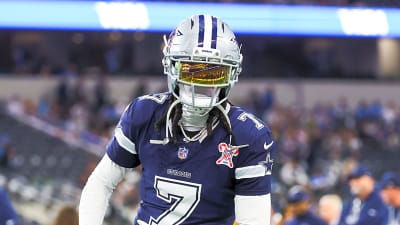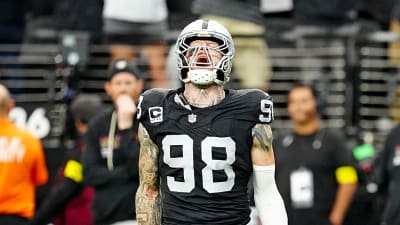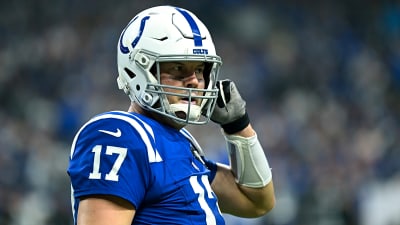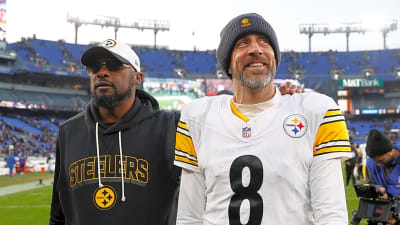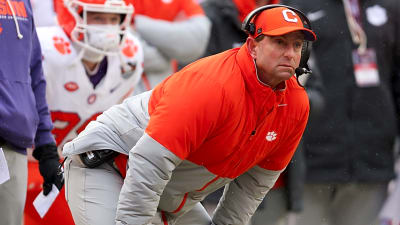
Add another ex-Cowboy to Dan Quinn‘s Commanders roster. After visiting Washington early in free agency, Michael Gallup signed with the Commanders on Thursday.
Gallup also visited the Commanders last week and scheduled a Seahawks meeting, KPRC2’s Aaron Wilson reports. Gallup will make his comeback attempt for a team rostering a few former Cowboys. Noah Brown is among them, as the ex-Dallas wideout re-signed with Washington last week.
The Commanders’ receiver room is becoming crowded. Beyond the two former Cowboy cogs, the team traded for Deebo Samuel and re-signed K.J. Osborn. Third-round pick Luke McCaffrey is going into his second season. Gallup could add an interesting piece to the Commanders’ Terry McLaurin support stable, but he had trended downward before a 2024 retirement.
Signing with the Raiders after becoming a Cowboys cap casualty, Gallup did not end up playing in Las Vegas. He instead stepped away from the game before training camp. While this did give Gallup a year to rest up — well after an ACL tear came to define his career — his recent exit may provide an uphill battle regarding a spot on Washington’s 53-man roster. But Gallup has shown a gear Brown and the other batch of tertiary options in Washington have not.
Gallup posted an 1,107-yard season with the Cowboys, moving into four-digit territory (his only such season) in 2019. This came before the Cowboys drafted CeeDee Lamb. Still, Lamb’s arrival did not diminish Gallup’s role too much. Despite Dak Prescott going down early in the 2020 season, Gallup totaled 59 receptions for 843 yards and five touchdowns. These two seasons enticed Dallas to re-sign Gallup on a five-year, $57.25M deal in 2022. Dallas re-signed Gallup rather than keep Amari Cooper for a third season; that became the wrong decision, as the former third-round pick could not live up to his midlevel WR deal.
A December 2021 ACL tear sidetracked Gallup, who missed eight games that year due to multiple injuries. Although Gallup returned in Week 4 of the 2022 season, he has not flashed the same form since the setback. After catching 39 passes for 424 yards and four TDs in 2022, the 6-foot-1 wideout totaled just 418 yards and two scores in 2023. This prompted the Cowboys to move on, as big-ticket Lamb and Prescott paydays loomed. Gallup will look to recapture some of his pre-injury form, and he is running out of chances.
Samuel will be in position as Washington’s No. 2 receiver next season, leaving McCaffrey, Osborn and the ex-Cowboys to vie for auxiliary roles. Gallup brings success in the past and impressed the Commanders at last week’s visit in order for the NFC runner-up to circle back and greenlight a comeback opportunity.
More must-reads:
- The NFL's all-time most dramatic single-season declines
- Trevon Diggs release a merciful end to $97M Cowboys mistake
- The 'Most receiving yards in the NFL since 2020' quiz
Breaking News
Trending News
Customize Your Newsletter
 +
+
Get the latest news and rumors, customized to your favorite sports and teams. Emailed daily. Always free!
